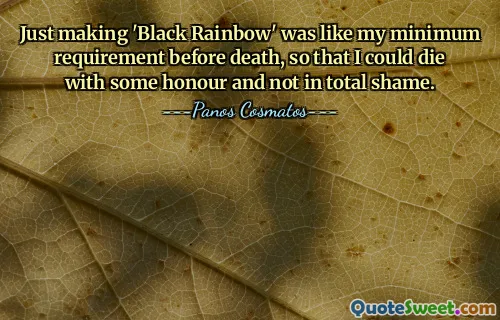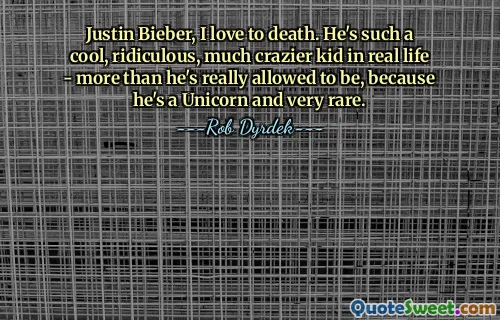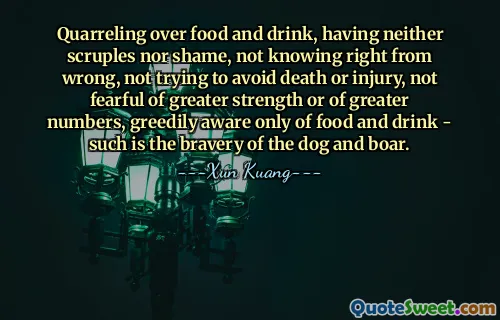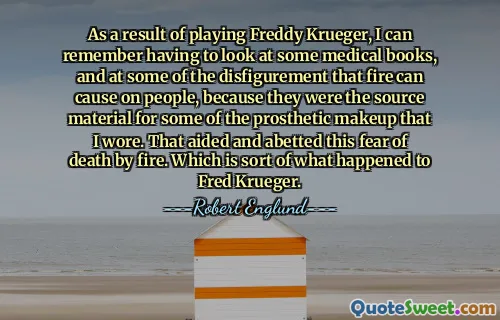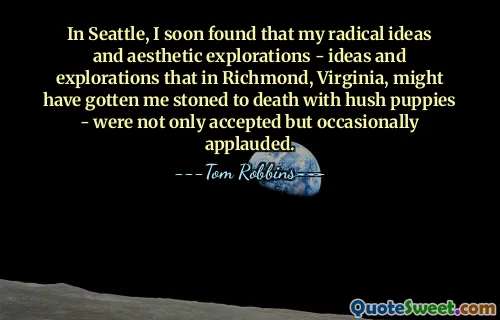I died for beauty, but was scarce Adjusted in the tomb, When one who died for truth was lain In an adjoining room. He questioned softly why I failed? "For beauty," I replied. "And I for truth,-the two are one; We brethren are," he said. And so, as kinsmen met a night, We talked between the rooms, Until the moss had reached our lips, And covered up our names.
This poem by Emily Dickinson explores the themes of beauty and truth through a poignant interaction between two individuals who died for their respective ideals. The speaker expresses a sense of connection with another soul who also met an untimely end, highlighting the commonality between their pursuits. The discussion they share in death reinforces the idea that beauty and truth, though seemingly different, are intertwined and share a fundamental kinship. Their conversation unfolds in the tomb, suggesting the timeless nature of these concepts beyond life itself.
As they converse, the imagery of nature creeping in serves as a metaphor for the inevitability of time and decay, overshadowing their identities and desires. Ultimately, Dickinson weaves a narrative that contemplates the value of beauty and truth, proposing that both are worthy pursuits despite the mortality that encompasses them. The closing lines reflect a sense of resignation, indicating that while their ideals may be obscured by the passage of time, the values they championed continue to resonate in the quiet of eternity.

